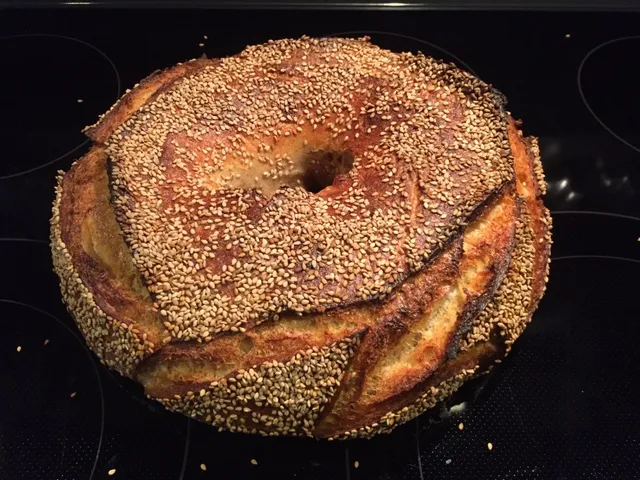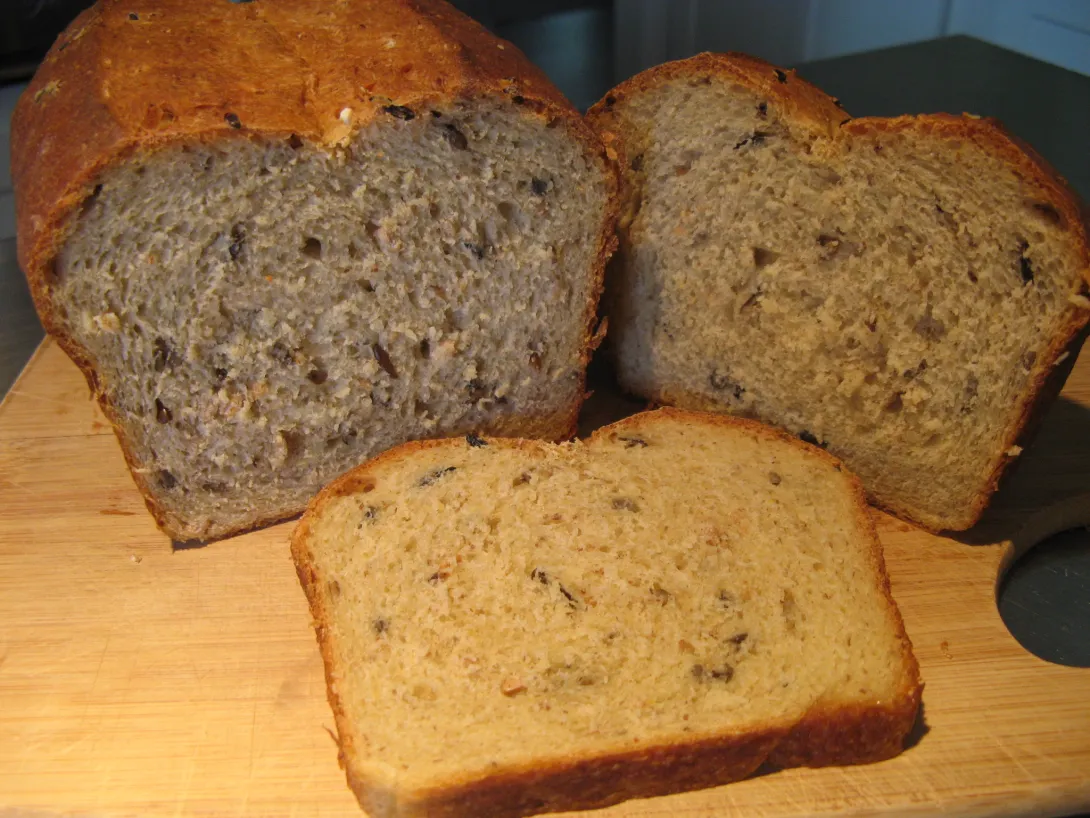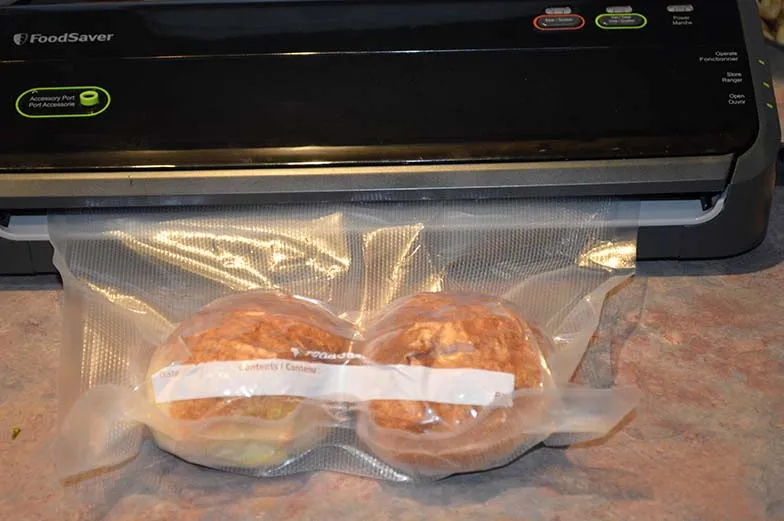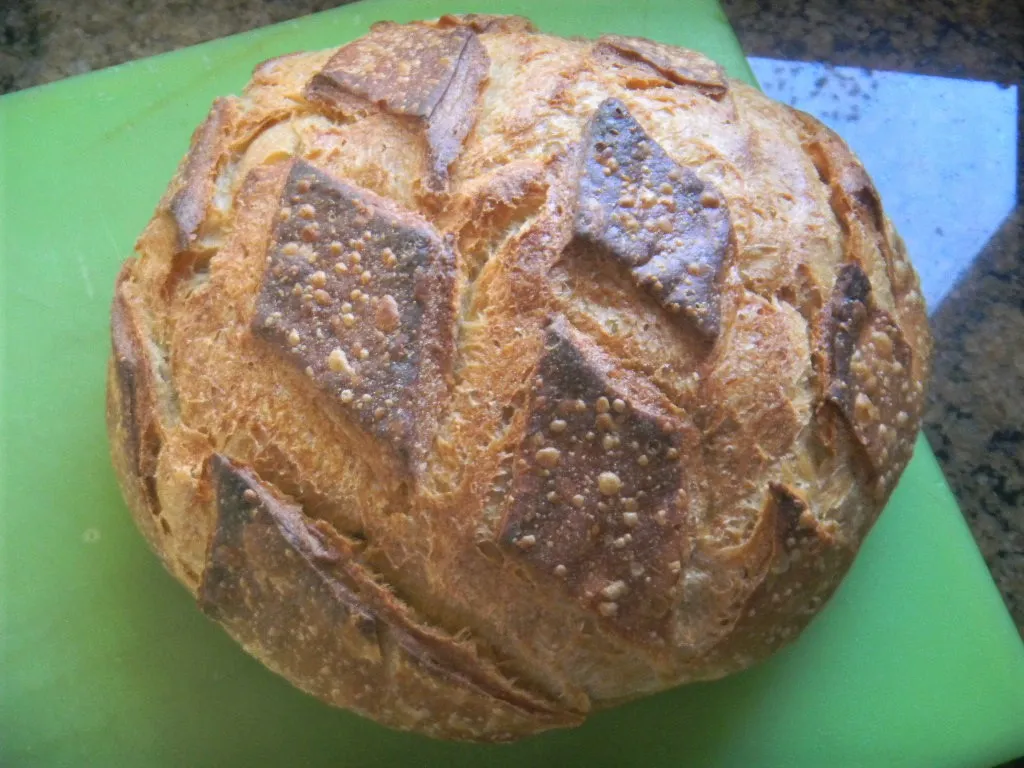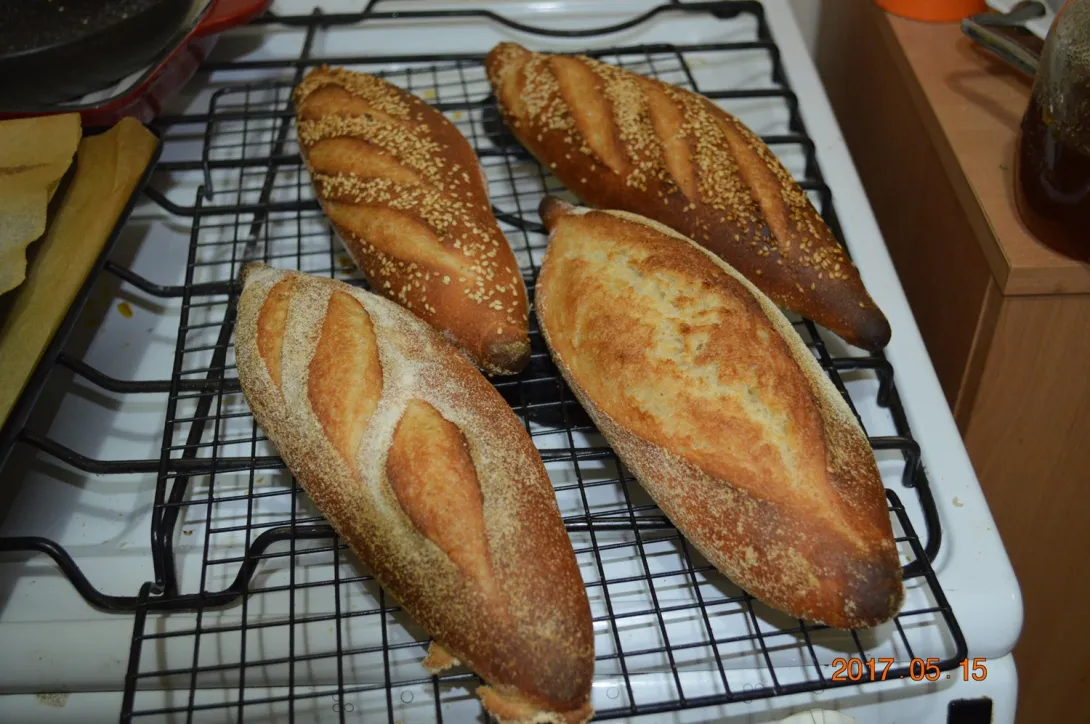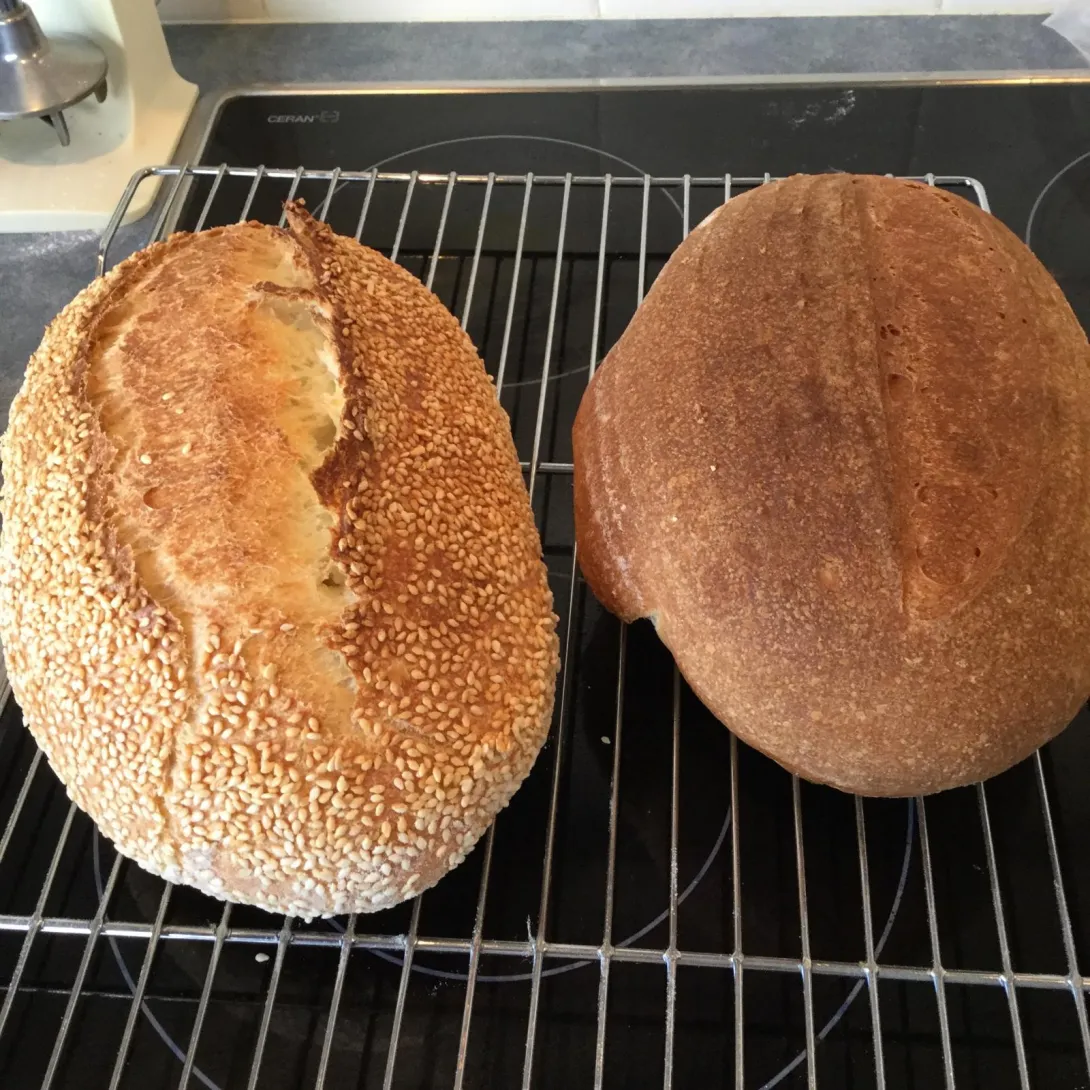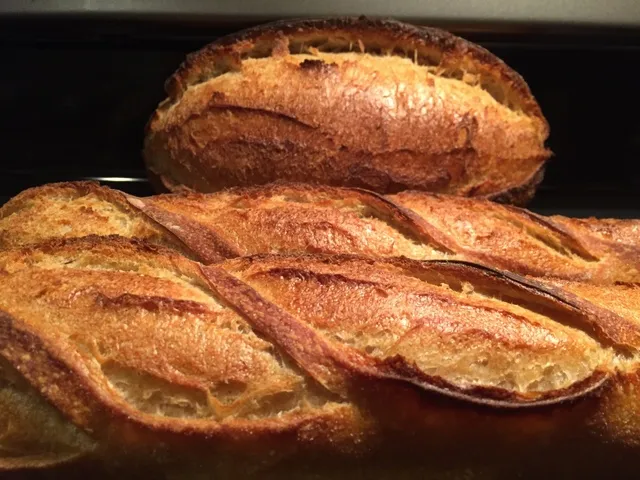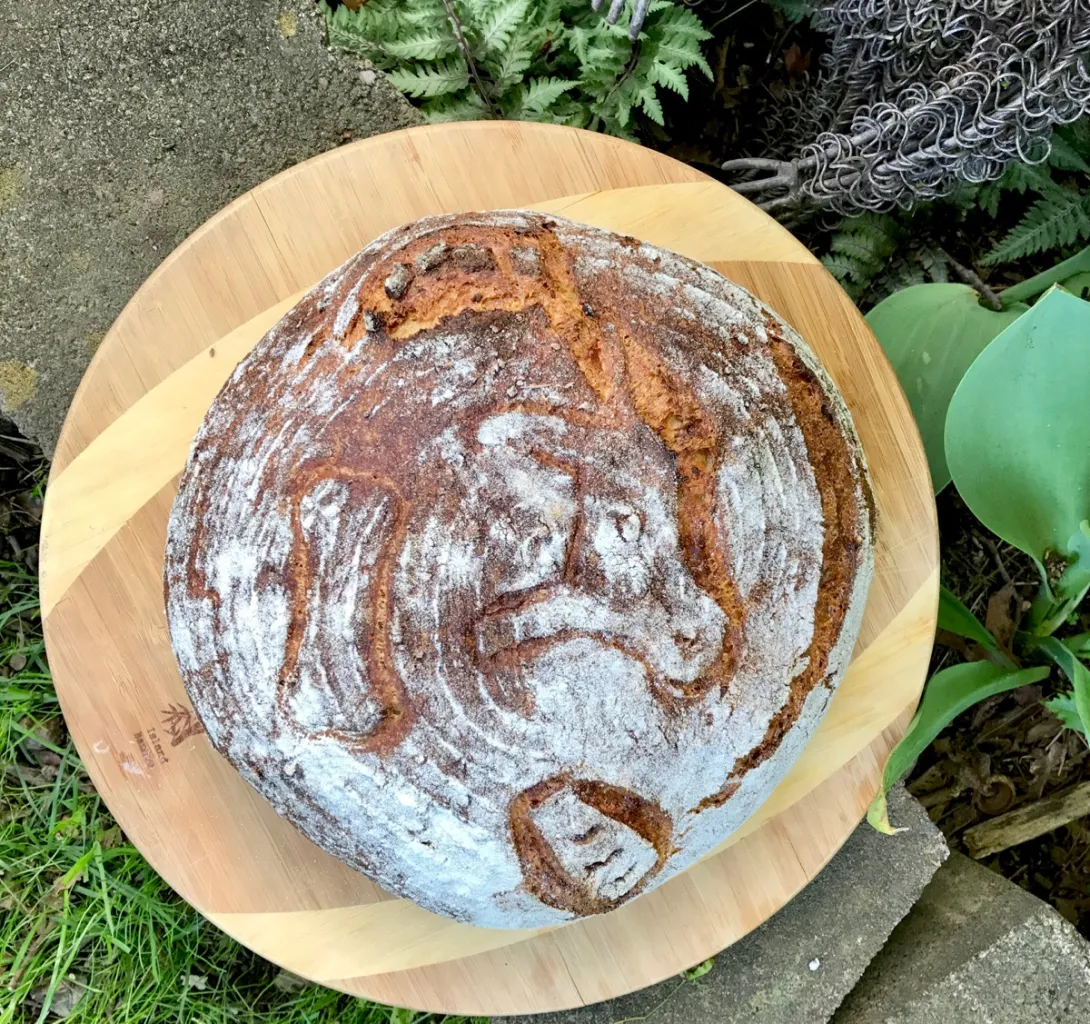100% WG Wheat; 40% Rye Banana; Starter Issues...
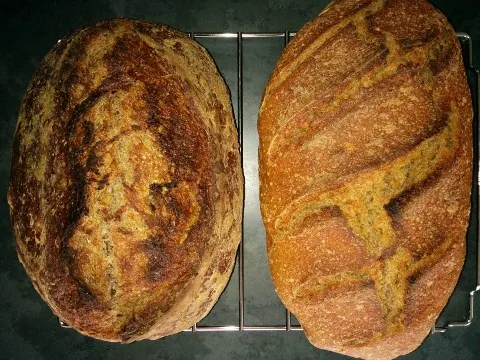
It's been "one of those days" for the past couple of weeks, for weather (barometric pressure and temps all over the place), for scheduling, and for baking.
- Log in or register to post comments
- 4 comments
- View post
- IceDemeter's Blog
